The shutter speed – also called exposure time – controls the incidence of light in addition to the aperture and ISO. If the shutter speed is twice as long, twice as much light falls on the film or image sensor.
If you close your eyes and then briefly open one eye and then close it again, you have simulated the system of the camera shutter or the shutter speed.
The shutter speed describes how long the curtain of the camera is open and how long light falls on the recording sensor or film. But it not only regulates the amount of incident light. It can also show fast movements sharply. We’re talking about a frozen movement.
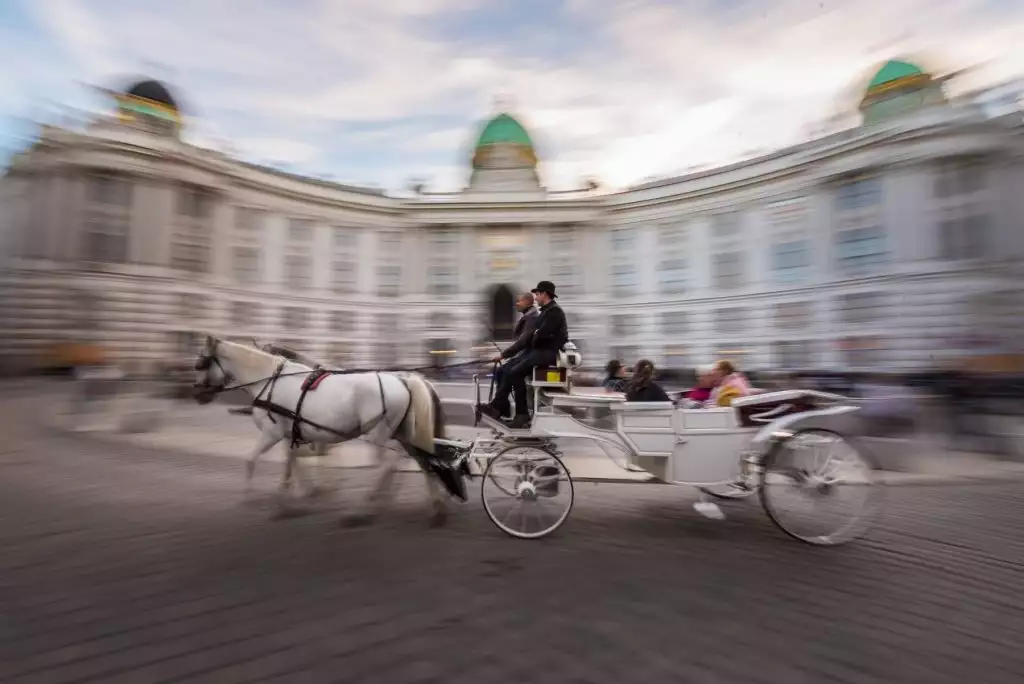
Mechanical or electronic lock
With a mechanical shutter, two shutter curtains “fall” in a shorter or longer delay time, depending on the shutter speed. This allows light to reach the image sensor (or negative film) for a short or long time. With the electronic shutter – similar to a stopwatch – the data is read from the image sensor for a shorter or longer period of time. The electronic shutter enables significantly shorter shutter speeds and, above all, faster series than the mechanical one.
Shutter speed values
Shutter speeds are specified in whole, half, or third steps: Whole steps: 30s, 15s, 8s, 4s, 2s, 1s, 1/2s, 1/4s, 1/8s, 1/16s, 1/30s, 1/60s, 1/125s, 1/250s, 1/500s, 1/1000s, 1/2000s, 1/4000s. Modern cameras allow long-term recordings of one minute, manually even unlimited, and often short shutter speeds of up to 1/4000s or 1/8000s for sports photography.
When you take photos in the Aperture Priority A or Av, Shutter Priority S, or Programmed Auto P program mode, the shutter speed is always linked to the aperture.
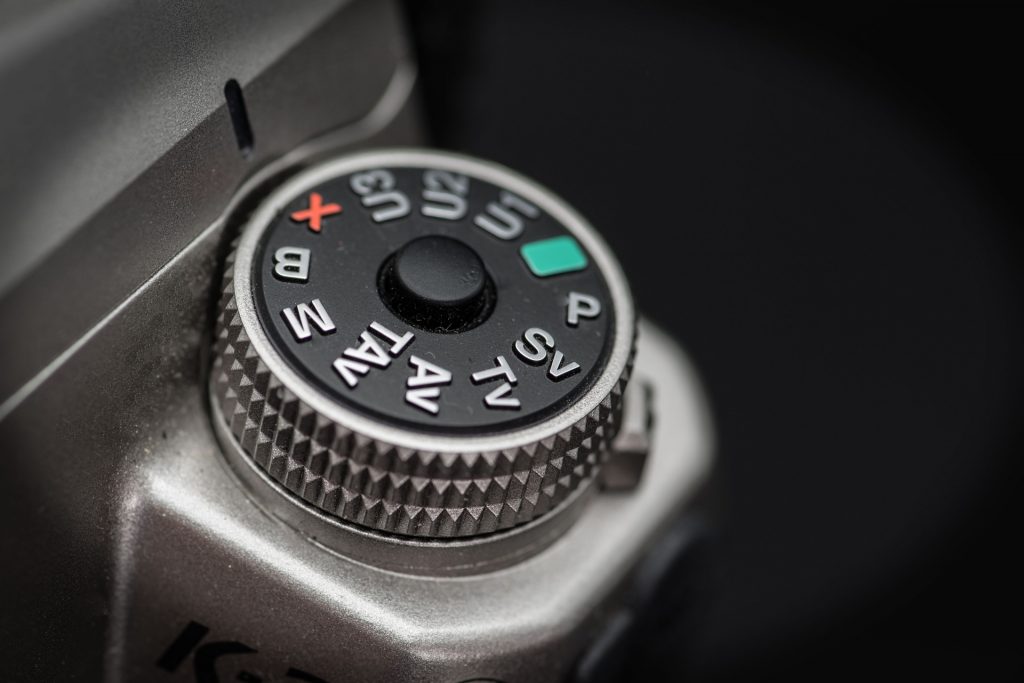
If you lower the aperture value by one notch (from f/8 to f/5.6), the camera selects a faster shutter speed so that the exposure is optimal. If the shutter speed remained the same at a higher aperture value (f/8 instead of f/5.6), half as much light would fall on the recording sensor and the image would be underexposed.
You can only choose aperture and shutter speed independently when you take photos in manual mode M.
Choice of shutter speed
You usually choose short shutter speeds for fast movements (sports, animal photography…), in very bright light conditions (beach, snow…), and long focal lengths in order to be able to focus on the subject.

Join our next Myanmar Photo Tour
Use slow shutter speeds in poor lighting conditions (night photography, museums…) or if you deliberately want to be out of focus (flowing stream…).
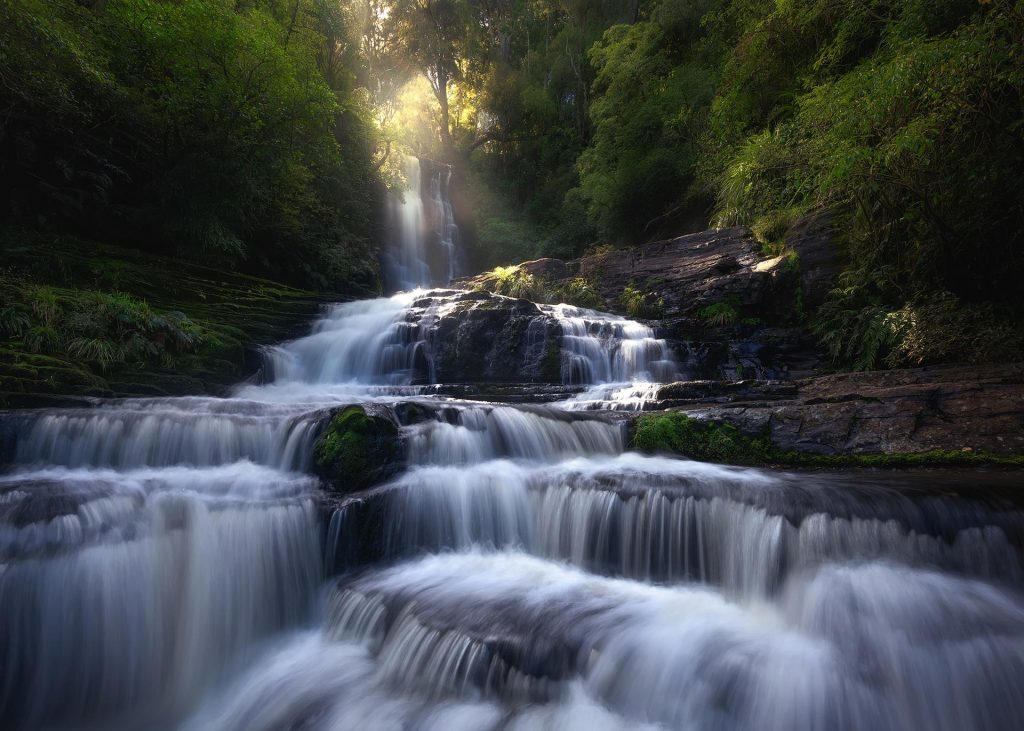
Avoid shaky images
In the days of analog photography, the rule was that you should choose the reciprocal of the focal length as the minimum shutter speed. This is different in digital photography – and better too: the image stabilizers allow sharp images when the camera is held still, which were completely blurred at analog times.
But: The high resolution of digital sensors of 40 and more megapixels, in turn, requires special care. Try out for yourself at different focal lengths and choose the shortest possible shutter speed. Alternatively, you can take photos with a tripod.
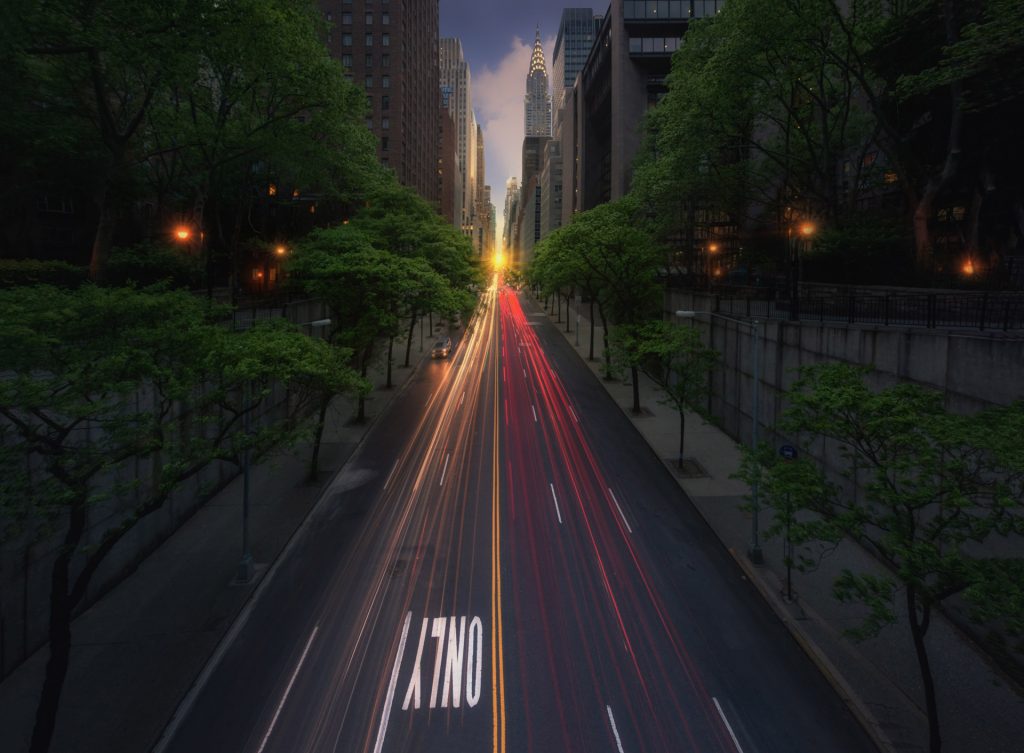
Learn about Long Exposure in our next New York City Photo Tour
Camera Mode
You can play with the shutter speed in different ways in your dial. Of course the best way to control it, is in Manual Mode. In manual, you will control both shutter speed and aperture.
But you can always use the semi-automatic modes if you want to let the camera to choose of this values. If you know the speed that you need for a certain photo, you can select the Shutter Speed Priority Mode.
Selecting a slow shutter speed, the aperture will decrease as maximum to get an optimal photo. In case you want the longest exposure possible, the aperture will increase (also if you have ISO automatic, this value will change).
With the Aperture Priority Mode, you will let the camera to choose a fast or slow shutter speed. With a low light, you will be able to play better with this values.
Practical tip:
To be on the safe side, always choose a shutter speed that is shorter than the reciprocal of the focal length used. When taking pictures with a 50 mm lens, choose a shutter speed of at least 1/50s. Also, note that a half-format camera increases the focal length with the crop factor and you also have to choose the shutter speed a little shorter.


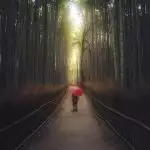
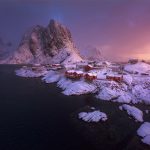
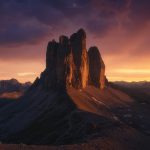
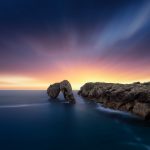
Excellent post. I certainly love site.